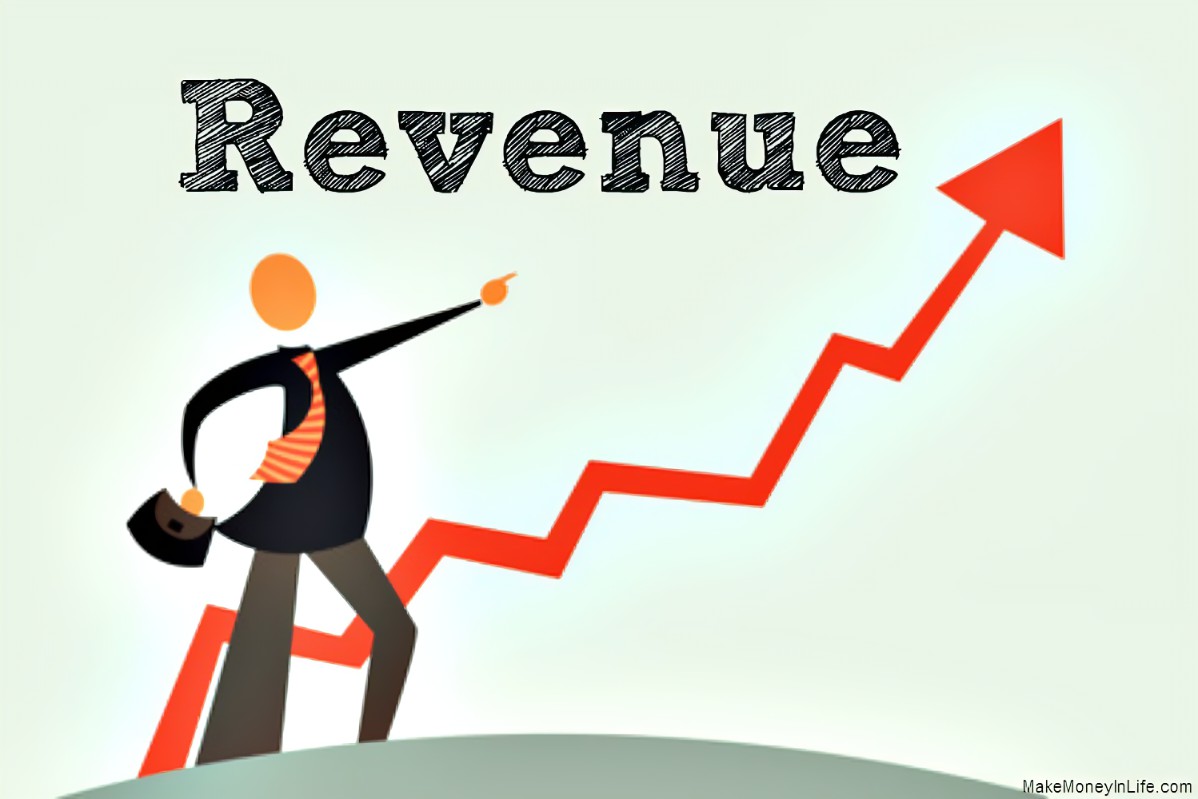Unlocking Growth: The Power of Sub-Franchising for Area Developers
In the ever-evolving realm of franchising, the significance of area developers has surged as franchise brands aim to broaden their presence into new markets efficiently and strategically. Historically, these brands have cautiously approached the expansion into new countries, often favouring the appointment of area developers over master franchisees to manage specific geographic areas.
Although area developers generally do not have the right to sub-franchise, the prospect of sub-franchising presents a substantial opportunity for enhancing expansion and extending the brand’s footprint.
This blog will delve into the potential for sub-franchising by area developers and examine how it can catalyze remarkable growth and success.
Understanding the Role of Area Developers
Before exploring the benefits of sub-franchising for area developers, it’s important to comprehend their function within the franchising framework. Area developers are charged with leading the growth of a franchise brand in a particular geographic region.
They act as the main liaison between the franchisor and the individual franchisees in their area, managing tasks ranging from site selection and training to continuous support and adherence to standards.


The Limitations of Traditional Area Development Agreements
Historically, area development agreements have been designed to prevent area developers from sub-franchising within their designated territory. This method ensures a degree of control and uniformity for the franchisor but can also restrict the franchise brand’s expansion potential. Area developers might be limited by the time and resources needed to expand the brand on their own over a large geographic region, which could decelerate growth and market penetration rates.
Unlocking Growth through Sub-Franchising
Sub-franchising offers an attractive strategy to bypass the constraints of conventional area development agreements and expedite the expansion of franchise brands. It enables area developers to sub-franchise within their designated regions, allowing franchisors to leverage local know-how, assets, and connections to foster swift growth while upholding quality and brand uniformity. For area developers, sub-franchising provides numerous opportunities to enhance their investment and utilize their entrepreneurial abilities.
Accelerated Growth: Sub-franchising allows area developers to significantly boost franchise outlets in their territory, thus speeding up market penetration and enhancing brand recognition. Through the combined efforts of various franchisees, area developers can swiftly broaden the brand’s reach and more effectively seize a larger portion of the market share.
Diversification of Revenue Streams: Sub-franchising enables area developers to expand their revenue sources beyond the initial development fee and continuous royalties. As sub-franchisors, they can create extra income streams through sub-franchise fees, royalties, and various revenue-sharing agreements, thus increasing the total profitability of their investment.
Local Expertise and Market Knowledge: Sub-franchising enables area developers to leverage the local expertise and market insights of sub-franchisees, who have a profound understanding of local consumer preferences, trends, and the competitive environment. This cooperative strategy ensures that franchise outlets are customized to address the unique demands of the local market, thereby enhancing customer satisfaction and fostering loyalty.
Scalability and Flexibility: Sub-franchising allows area developers to grow their operations beyond geographical limits. By delegating responsibility to competent sub-franchisees for managing individual units, area developers can concentrate on strategic growth efforts, including acquiring prime locations, executing marketing strategies, and improving operational efficiencies.
Risk Mitigation and Shared Responsibilities: Sub-franchising enables area developers to reduce risk and distribute responsibilities among sub-franchisees who are invested in the success of their outlets. This approach of sharing operational and financial duties among various franchisees helps area developers to lessen their vulnerability to potential difficulties and uncertainties.

Conclusion: Embracing the Power of Sub-Franchising
In summary, sub-franchising offers a potent strategy for area developers to access growth opportunities and enhance the proliferation of franchise brands in their assigned regions. Through the cooperative model of sub-franchising, area developers can expedite growth, broaden revenue sources, harness local know-how, and efficiently reduce risks. With the ongoing evolution of franchising, those area developers who utilize sub-franchising stand to gain significantly.

